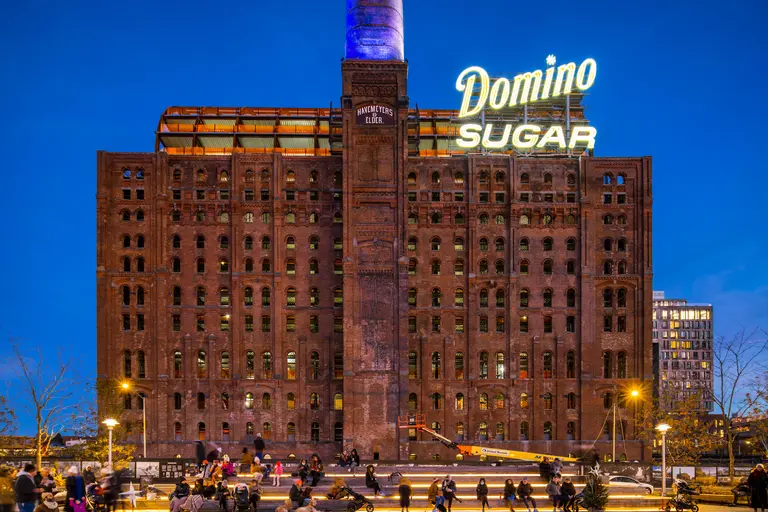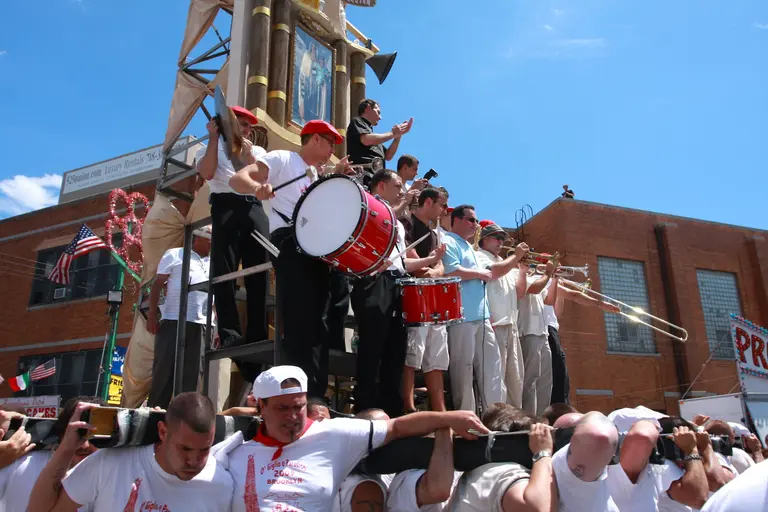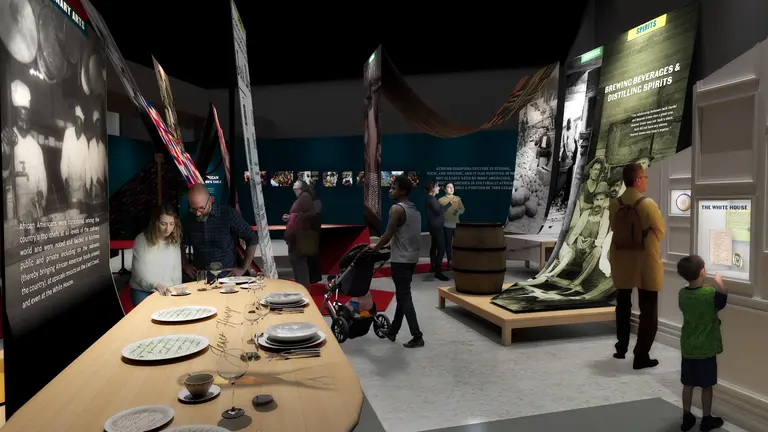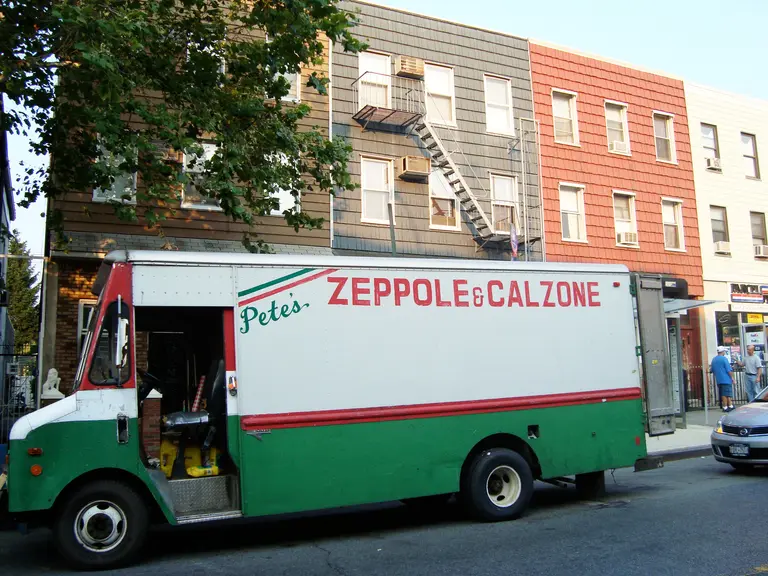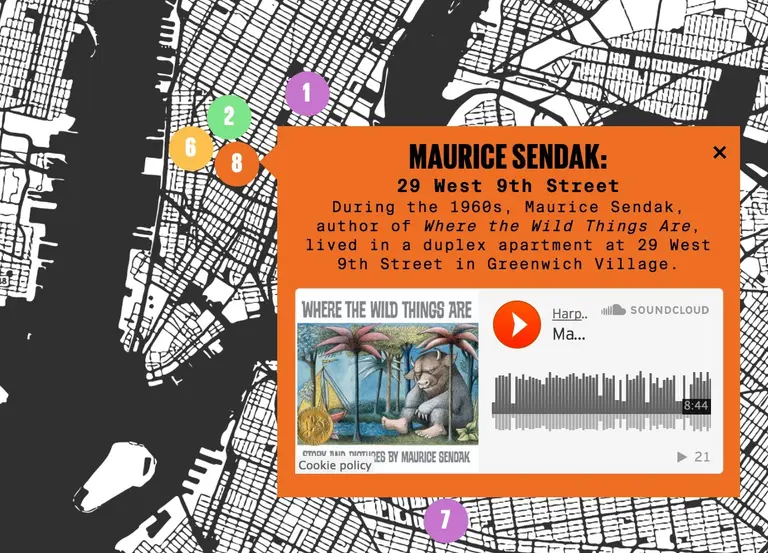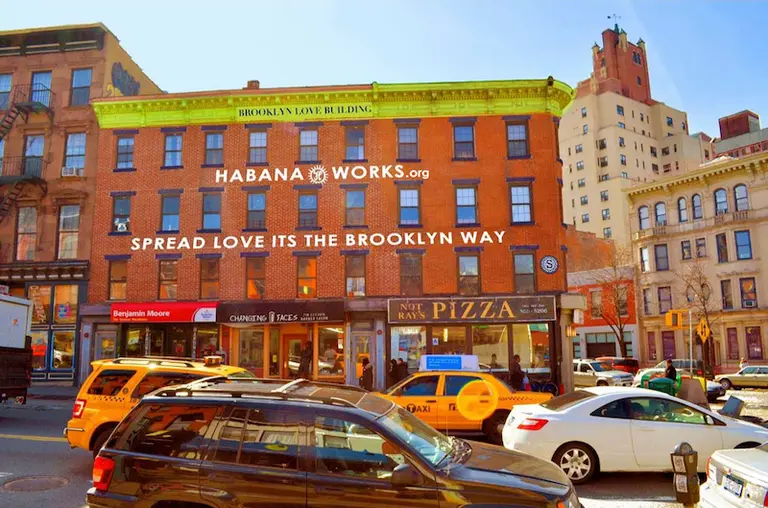The world’s first air conditioner was invented in Brooklyn in 1902
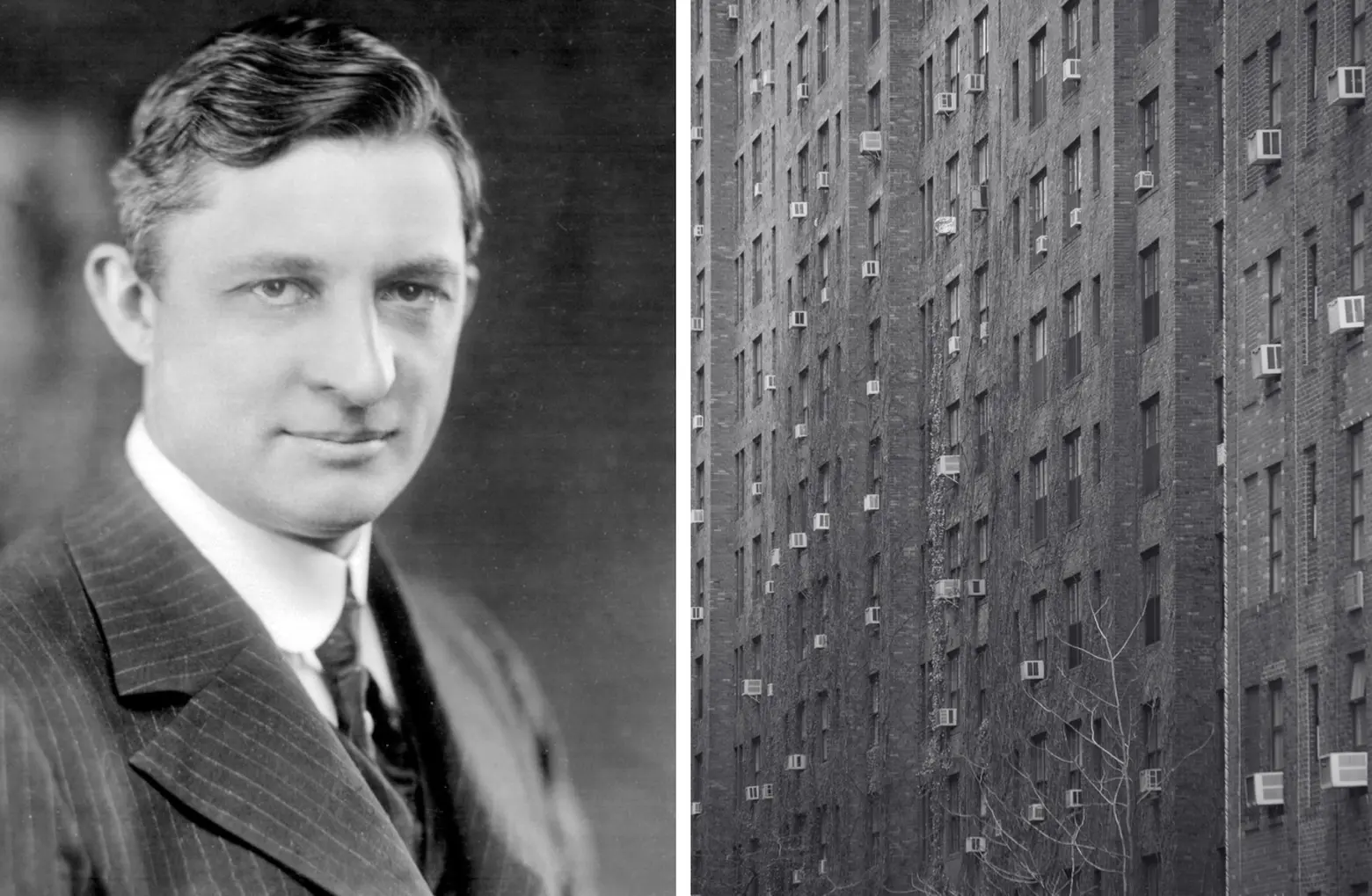
Photo of Willis Carrier (left) courtesy of Wikipedia; Photo of air conditioners in NY building courtesy of Marcel Oosterwijk on Flickr
It figures, but history shows us yet another way Brooklyn was cool, like, forever–though this particular example is a bit more literal. A classic New York City heatwave was just enough to turn up the Brooklyn ingenuity in a junior engineer named Willis Carrier, who devised a system of fans, ducts, heaters, and perforated pipes that became the world’s first air conditioner. The problem: blistering temperatures that were literally melting the equipment in a Williamsburg printing house. The solution was one that had eluded centuries of inventors through sweltering summers. The system was installed in the summer of 1902, according to the New York Times, and Carrier went on to found Carrier Corporation. He had hit on the idea while walking in the fog.
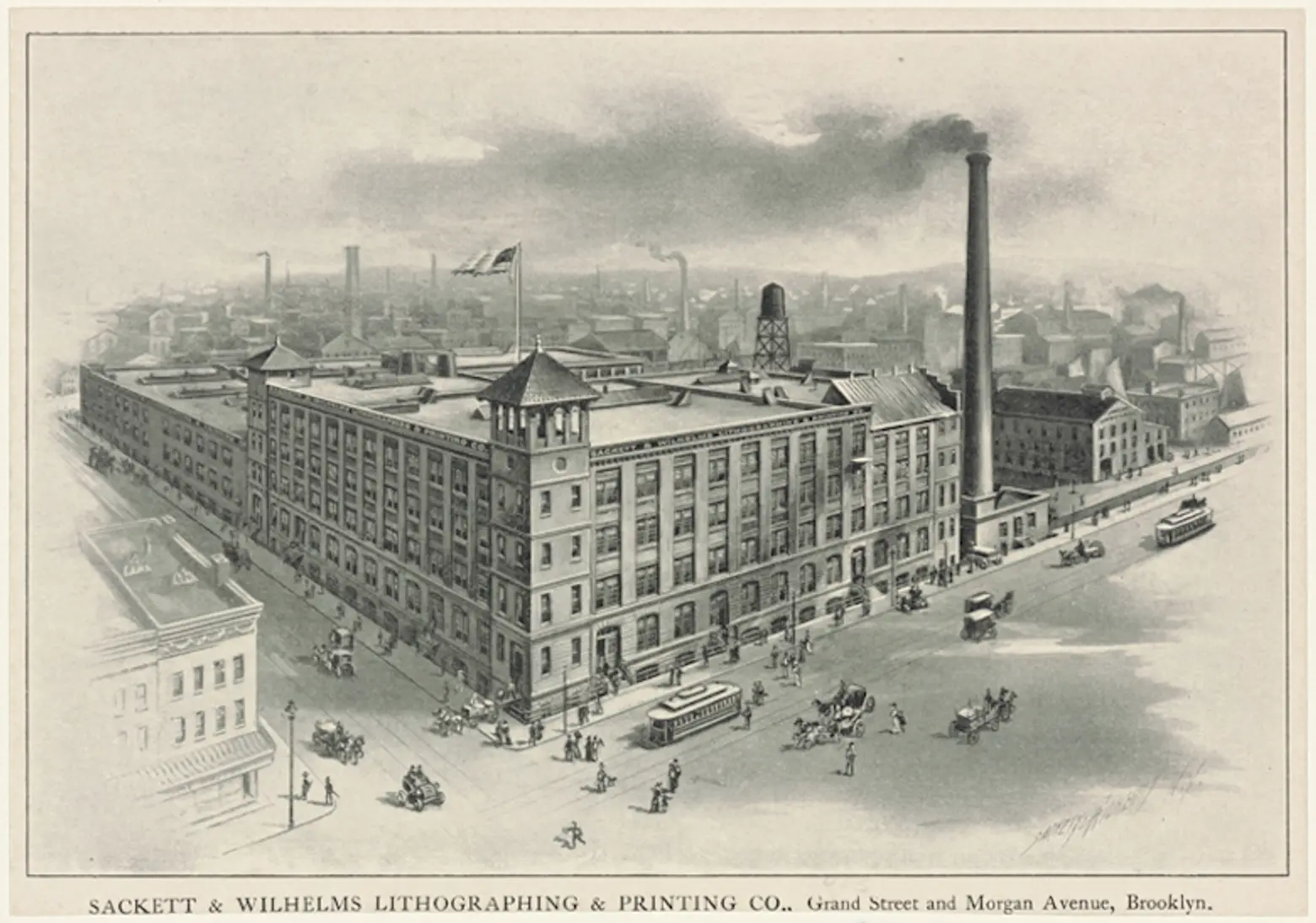
Photo credit: The Miriam and Ira D. Wallach Division of Art, Prints and Photographs: Picture Collection, The New York Public Library. (1903). Sackett & Wilhelms Lithographing & Printing Co., Grand Street and Morgan Avenue, Brooklyn
The first occupant of the newly-constructed building that housed the Sackett & Wilhelms Lithographing and Publishing Company plant at Metropolitan and Morgan Avenue in East Williamsburg, Brooklyn was an illustrated humor magazine called Judge. The paper that was used to print the publication would soak up so much moisture from the humid Brooklyn air that it would expand, and the colors used in the printing process wouldn’t line up correctly. Also, the ink on the pages wouldn’t dry. The situation was causing major deadline issues for the paper’s subscription schedule.
Willis Haviland Carrier built his machine in Buffalo, according to blueprints dated July 17, 1902. He had studied at Cornell University and had just graduated in 1901 with a BSE degree.
As the story goes, while walking through the fog in a Pittsburgh train station, Carrier had the idea that getting rid of the humidity was the way to cool the air. The key was to dry the air by producing artificial fog. The original plan was to force air across pipes filled with cool water drawn from a well between buildings (In 1922, Carrier added a refrigeration machine–the “chiller”–to speed up the process). The 1902 installation in Brooklyn marked the birth of modern air conditioning because, as it does today, Carrier’s invention did these four basic things: It controlled temperatures, humidity, air circulation, and ventilation and cleaned the air.
Beating the heat at the Sackett & Wilhelms plant was the move that put miserable summers on ice for good. Carrier was called “a Johnny Icicle planting the seeds of climate control all across America.” Where humidity had made indoor work in high summer unpleasant if not impossible, it was now completely chill. Gothamist notes that the New York Stock Exchange snapped up Carrier’s system in 1902, becoming the first building to be air-conditioned just for comfort. Carrier improved on the system with every new application, from the Rivoli movie theater on Broadway (air-conditioned in 1925) to Madison Square Garden.
After a few more years of tweaking and testing, on January 2, 1906 Carrier was granted U.S. Patent 808,897 for an “Apparatus for Treating Air.” In 1913 Carrier developed the Carrier Air Humidifier designed to humidify the air in just one room. It was the first self-contained unit with the fan and motor, eliminator, and sprays all combined into a single, packaged product.
Unlike many inventors, Willis Carrier was well rewarded for his cool contributions. He and a group of seven fellow engineers pooled their life savings of $32,600 and started the Carrier Engineering Corporation in New York on June 26, 1915. In 1930, the company merged with Brunswick-Kroeschell Company and York Heating & Ventilating Corporation to form the Carrier Corporation, with Willis Carrier named Chairman of the Board. The company became a subsidiary of United Technologies Corporation in 1980 and remains a world leader in commercial and residential HVAC and refrigeration.
At the 1939 New York World’s fair, Willis Carrier’s igloo gave visitors a glimpse into the future of air conditioning, which enjoyed tremendous growth in popularity in the 1950s postwar era. The invention had revolutionized modern life in countless ways, including helping a huge migration to the Sun Belt states.
Somewhat ironically, though the Sackett & Wilhelms compound still stands, the current occupants reportedly could use a bit of that Brooklyn ingenuity. Now the HQ of the International Studio and Curatorial Program and home to 100 foreign artists and curators in residency programs, the building is plagued with a lack of A/C in the summer heat, with what little there is coming from window air conditioners rather than Carrier’s cool central air invention.
Editor’s note: An earlier version of this post was published on July 9, 2018, and has since been updated.
